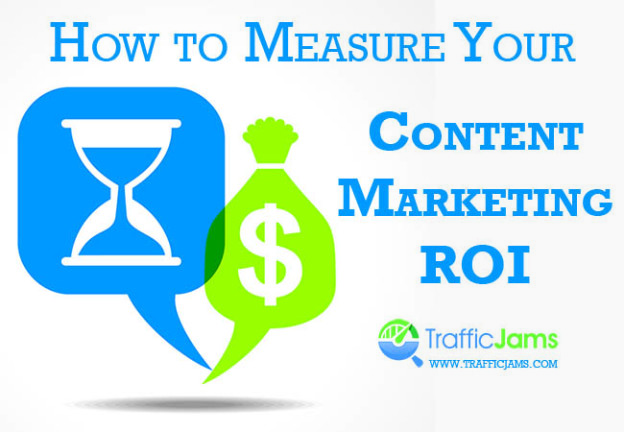Content marketing – a combination of storytelling, technology and advertising – can potentially benefit your company in a number of different ways. Creating and distributing high-quality content can help you attract your target audience, retain current customers, build your brand, and more.
However, you won’t know if the investment you’re making in content marketing is paying off in those areas unless you also make an effort to measure your return on investment (ROI). Tracking the results that your marketing campaigns deliver can prove difficult, according to Marketo, a marketing automation software provider. You might not know exactly when you can expect to see results, and factors like the state of the overall economy could have an effect on how your marketing campaigns play out.
Still, it’s not only possible but beneficial to tackle the task of measuring ROI so that you know whether or not what you’re doing is working. Here are some important considerations for companies looking to effectively track the results of their marketing efforts.
Methodology: How to Attribute Sales and Revenue
There are a number of different ways to approach marketing program ROI measurement in terms of sales and revenue, according to Marketo. The most common is the single attribution methodology, which involves crediting the results to either the first or last marketing program that the customer interacted with.
For example, if a seminar sparked a lead that led to a sale one year later, then the seminar would get credit for that sale if you use the first touch approach. This method is relatively easy and inexpensive to implement, but it can give too much credit to lead generation efforts versus nurturing touches and can leave your ROI undetermined for a long time since marketing programs can take a while to lead to a sale.
Another approach addresses the time issue by combining single attribution with revenue cycle projections. For example, if 500 people viewed an infographic you made, you might project the number of sales that will result from it during the next few months based on how a previous infographic performed. This lets you estimate the impact of your marketing programs without having to wait, although you will have to back up your projections with actual results eventually.
Alternately, if you want to account for the multiple touches it takes to close a sale, you can use the multi-touch attribution approach. This involves creating a “deal storyboard” that tracks all of the interactions that lead to a sale and then distributes the credit for the resulting revenue among them. For instance, if there were three significant touches before a deal closed, you might attribute a third of the revenue to each of them, according to Marketo. Keep in mind, though, that this method has the disadvantage of potentially giving some touch points too much credit.
These are just some of the ways you can measure marketing ROI, so be sure to do some research and carefully consider all of your options before deciding on an approach.
Additional Key Performance Indicators: Looking Beyond Sales and Revenue
When it comes to tracking marketing ROI, revenue and sales aren’t necessarily the only results that matter, according to the Content Marketing Institute. You’ll also want to examine metrics that reveal details about how people consume your content. Use Web analytics to look at metrics like downloads, unique page views, bounce rates and more to see if you’re effectively engaging your audience.
Additionally, the Content Marketing Institute recommends looking at social media/sharing metrics (Facebook likes, retweets, etc.) to help determine the ROI of your content marketing efforts. Considering performance indicators beyond sales and revenue helps you get a more complete picture of your content marketing results.
The Ultimate ROI: Strong Relationships With Customers
It helps to remember that the primary long-term goal of content marketing is to build relationships with potential and current customers, according to Contently. Your content should be relevant to their interests and help them get the information they need and solve their problems. If you focus on gaining your audience members’ trust and forming lasting connections with them through high-quality content, results in the form of page views, shares and sales will follow.
Overall, content marketing can be a great way for your business to grow, connect with customers and achieve success. If you’d like to learn more about content marketing and measuring ROI, our expert team at Traffic Jams can help you decide on an approach that best fits your needs and goals. Contact us today at sales@trafficjams.com or (855) 599-9998.

